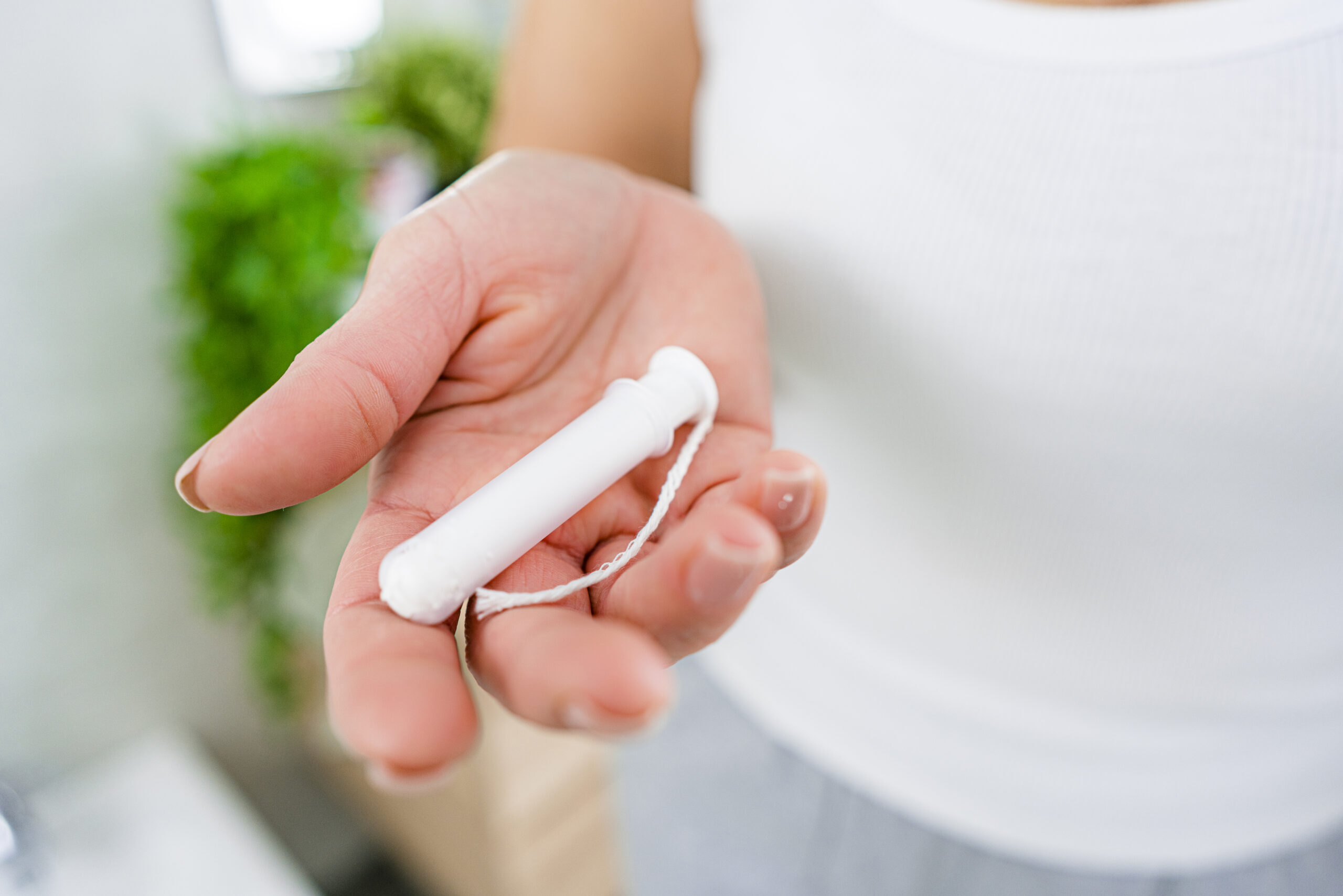The detection of potentially toxic substances in consumer products has sparked growing concern, particularly in feminine hygiene items such as tampons. Attention has increased around the presence of heavy metals in tampons, specifically lead, cadmium and arsenic. This concern intensified in mid-2024 when two class action lawsuits were filed alleging that a particular brand of tampons contained lead levels exceeding thresholds for reproductive toxicity.
These lawsuits have catalyzed widespread public and media interest, with headlines emphasizing the mere presence of metals in tampons rather than the more nuanced question of toxicological risk. This type of messaging can provoke undue fear and potentially harmful behaviors. It is critical to reinforce a foundational principle in toxicology-the presence of a contaminant does not inherently equate to risk. Actual health risks depend on the extent of exposure, the bioavailability of the substance and its dose relative to established toxicological benchmarks.
A Gap in the Literature: What Current Research Reveals and Misses
Despite the widespread use of allegedly contaminated tampons, there has been a limited systematic evaluation of the toxicological safety of tampons concerning heavy metal content and no epidemiology suggesting a potential risk to human health.
Tampons are typically made from cotton, rayon, or a blend of both; materials that are susceptible to environmental contamination. Cotton, in particular, can accumulate metals through exposure to contaminated soil, metal-containing fertilizers and irrigation with wastewater. In addition, manufacturing processes such as bleaching and the addition of antimicrobial agents or fragrances may introduce further metal contaminants.
The most comprehensive study to date quantified 16 metals across a range of tampon brands. Findings included average concentrations of lead at 120 ng/g, cadmium at 6.74 ng/g, and arsenic at 2.56 ng/g. However, the authors cautioned against drawing conclusions about health effects, noting that, future studies are necessary to assess whether metals can leach out of tampons and become bioaccessible for vaginal absorption.
“…future studies are necessary to assess whether metals can leach out of tampons and become bioaccessible for vaginal absorption.”
Additional studies addressed metal content in tampons but similarly lacked assessment of bioavailability and leaching under realistic use conditions. This points to the need for further research into leaching behavior and systemic uptake. The FDA’s 2025 review echoed this concern, highlighting methodological limitations across existing studies and noting that none provided data on release rates or absorption through the vaginal mucosa.
Bridging the Knowledge Gap Requires Robust Risk Assessments
Drawing valid conclusions about the toxicity of tampon-related metal exposure necessitates a robust, quantitative risk assessment that includes experimentally derived data on skin (specifically vaginal epithelium) permeation. Without such data, it is impossible to assess whether detected levels translate into meaningful exposure and potential health effects. A thorough risk assessment must integrate measurements of leachate concentrations, skin permeation rates, and real-world usage patterns to establish whether a significant health risk exists.
How TRC Can Help
TRC’s team of Strategic Health Sciences practitioners aims to anchor public health decision-making in empirical evidence and foundational principles of exposure science. We have assessed diverse exposure pathways, ranging from consumer goods to industrial chemicals, to help our clients understand potential risk.
As consumer awareness and demand for transparency continue to rise, our commitment remains to rigorous, science-based evaluations that support regulatory compliance, litigation strategy and public trust.




